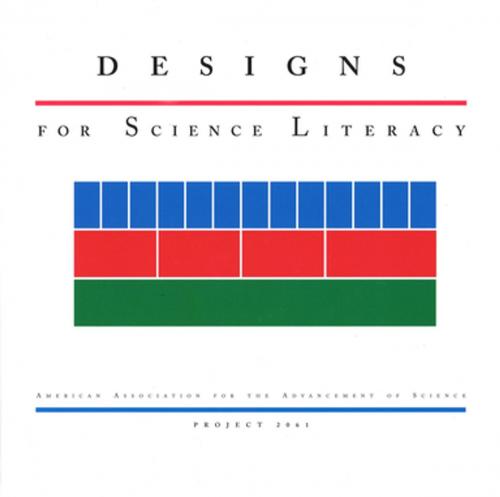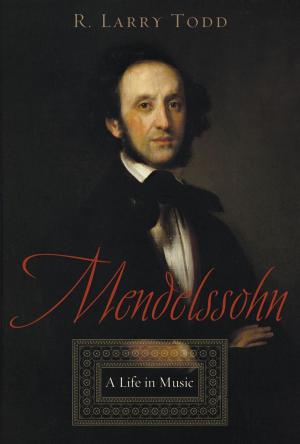Designs for Science Literacy
Nonfiction, Reference & Language, Education & Teaching, Educational Theory, Educational Reform, Teaching, Teaching Methods, Science & Nature, Science| Author: | American Association for the Advancement of Science | ISBN: | 9780199840151 |
| Publisher: | Oxford University Press | Publication: | March 22, 2001 |
| Imprint: | Oxford University Press | Language: | English |
| Author: | American Association for the Advancement of Science |
| ISBN: | 9780199840151 |
| Publisher: | Oxford University Press |
| Publication: | March 22, 2001 |
| Imprint: | Oxford University Press |
| Language: | English |
The call for science curriculum reform has been made over and over again for much of the twentieth century. Arguments have been made that the content of the curriculum is not appropriate for meeting the individual and social needs of people living in the modern world; that the curriculum has become overstuffed with topics and does not serve students especially well; and above all, that the curriculum does not generate the student learning it is expected to produce. The latest volume in a continuing series of publications from the AAAS designed to reform science education, Designs for Science Literacy presupposes that curriculum reform must be considerably more extensive and fundamental than the tinkering with individual courses and subjects that has been going on for decades. Designs deals with the critical issues involved in assembling sound instructional materials into a new, coherent K-12 whole. The book pays special attention to the need to link science-oriented studies to the arts and humanities, and also proposes how to align the curriculum with an established set of learning goals while preserving the American tradition of local responsibility for the curriculum itself. If fundamental curriculum reform is ever to occur, a new process for creating alternatives will have to be developed. Designs for Science Literacy provides the groundwork for such a process.
The call for science curriculum reform has been made over and over again for much of the twentieth century. Arguments have been made that the content of the curriculum is not appropriate for meeting the individual and social needs of people living in the modern world; that the curriculum has become overstuffed with topics and does not serve students especially well; and above all, that the curriculum does not generate the student learning it is expected to produce. The latest volume in a continuing series of publications from the AAAS designed to reform science education, Designs for Science Literacy presupposes that curriculum reform must be considerably more extensive and fundamental than the tinkering with individual courses and subjects that has been going on for decades. Designs deals with the critical issues involved in assembling sound instructional materials into a new, coherent K-12 whole. The book pays special attention to the need to link science-oriented studies to the arts and humanities, and also proposes how to align the curriculum with an established set of learning goals while preserving the American tradition of local responsibility for the curriculum itself. If fundamental curriculum reform is ever to occur, a new process for creating alternatives will have to be developed. Designs for Science Literacy provides the groundwork for such a process.















